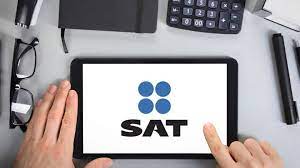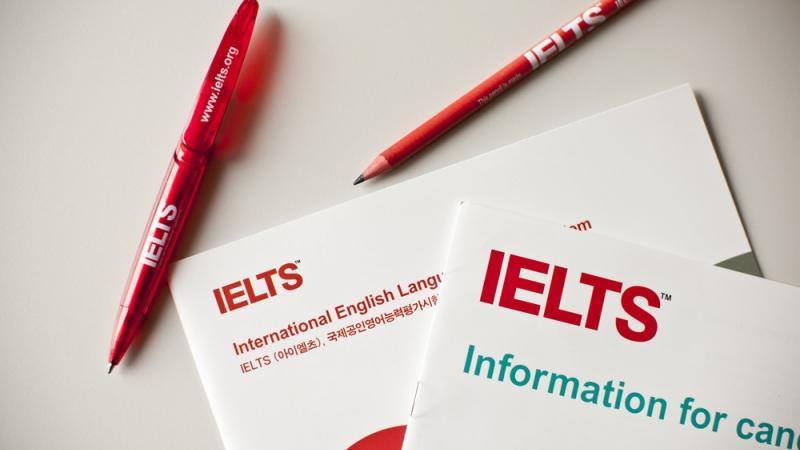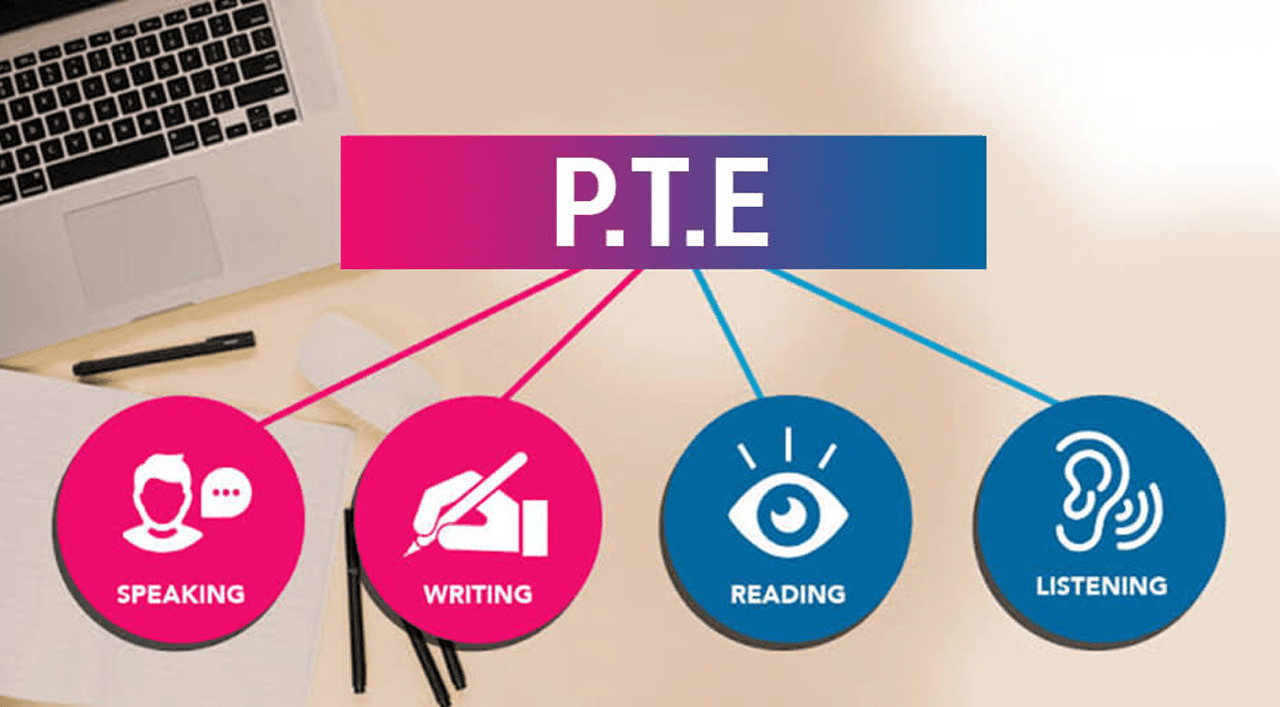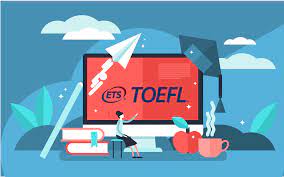
The SAT is a standardized, paper-based test widely used for college admissions and scholarships in the United States and Canada for undergraduate programs. It was first introduced in 1926 and has undergone several name and scoring changes. Initially called the Scholastic Aptitude Test, it then became the Scholastic Assessment Test, then the SAT Reasoning Test, and is now simply known as the SAT. The SAT is fully owned, developed, and published by the College Board, a non-profit organization in the United States, and is administered on behalf of the College Board by the Educational Testing Service (ETS).
Test Structure
The SAT consists of three sections: Verbal, Quantitative, and an optional essay.
Verbal Section (Reading and Writing)
Reading Test: Includes passages from literature, historical documents, social sciences, and natural sciences. It tests comprehension and reasoning skills.
Writing and Language Test: Consists of passages that require editing and proofreading for grammar, punctuation, and style.
Quantitative Section (Math)
Math Test – No Calculator: Focuses on arithmetic, algebra, geometry, and some trigonometry problems that do not allow the use of a calculator.
Math Test – Calculator: Includes more complex math problems where a calculator is permitted.
Optional Essay
Essay Test: Requires students to read a passage and analyze how the author builds an argument. The essay is scored separately and is optional.
Test Duration
Without Essay: The full-length test is 3 hours.
With Essay: The full-length test is 3 hours and 50 minutes.
Content Breakdown
Reading Test
Passages: Literary, historical, social sciences, and natural sciences.
Questions: Comprehension and evidence-based reasoning.
2. Writing and Language Test
Passages: Career-related topics, humanities, history/social studies, and science.
Tasks: Identifying errors and improving language usage.
3. Math Test
No Calculator Section
Arithmetic, algebra, geometry, and trigonometry.
Calculator Section
Advanced math problems and problem-solving tasks.
4. Optional Essay
Task: Analyze a provided passage, focusing on the author’s use of evidence, reasoning, and persuasive techniques.


IELTS
Fusion dot offers two test formats for candidates from the country to choose from. Test takers opting for IELTS on computer can choose from multiple test sessions, available up to 7 days a week and twice a day. IELTS on computer can be taken in Kathmandu only....

PTE
The Pearson Test of English (PTE) Academic is an English language proficiency test designed to assess the competence or language ability level of non-native English speakers....

TOEFL
The TOEFL iBT test measures your capacity to utilize and comprehend English at the college level. What’s more, it assesses how well you join your listening, reading, writing and speaking abilities to perform scholarly assignments. The TOEFL iBT test is scored on a scale of 0 to 120 points. Each of the four sections (Reading, Listening, Speaking, and Writing) gets a scaled score from 0 to 30. The scaled scores from the four segments are included to decide the absolute score.The test cannot be taken more than once a week....
